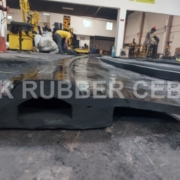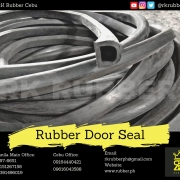RK Rubber Cebu stands out as a premier supplier of high-quality rubber door seals in Cebu City, catering to various industrial and commercial needs. Their products are designed to enhance operational performance, improve energy efficiency, and provide effective noise control. Utilizing durable materials like EPDM rubber, RK Rubber ensures longevity and resistance to environmental factors. The knowledgeable staff can assist in selecting the appropriate seals tailored to specific applications. Committed to customer satisfaction, RK Rubber offers competitive pricing and reliable service. Explore further to discover how their diverse product offerings can benefit your business operations.
Key Points
- RK Rubber Cebu is a reliable supplier of high-quality rubber door seals for industrial and commercial applications.
- The company offers a diverse range of seals, catering to specific operational needs in various sectors.
- RK Rubber emphasizes the use of durable materials like EPDM rubber and silicone for enhanced performance.
- Competitive pricing and knowledgeable staff ensure businesses receive optimal product guidance and customer satisfaction.
- For inquiries and orders, contact RK Rubber Cebu for expert assistance with your rubber door seal requirements.
Importance of Rubber Door Seals
Rubber door seals serve as critical components in both industrial and commercial settings, significantly enhancing operational performance and environmental control. Their effectiveness is largely attributed to the material properties of rubber, which provides excellent resilience against various environmental factors, including moisture, dust, and temperature fluctuations. Common application scenarios include sealing entry points in manufacturing facilities, commercial buildings, and specialized environments like food processing and pharmaceuticals.
However, installation challenges can arise, such as ensuring precise sizing and alignment to achieve optimal sealing effectiveness. Misalignment or improper sizing can lead to significant inefficiencies, undermining the benefits of the seals. As market trends shift towards greater energy efficiency and environmental sustainability, the demand for high-performance rubber door seals is expected to grow.
Cost considerations are also crucial; while initial investments may vary based on material quality and customization, the long-term savings in energy costs and maintenance can justify these expenditures. In conclusion, understanding the importance of rubber door seals is essential for making informed decisions in both industrial and commercial applications, ensuring enhanced performance and reduced operational costs.
Key Benefits for Businesses
Rubber door seals provide significant advantages for businesses by enhancing energy efficiency, thereby reducing operational costs associated with heating and cooling. Additionally, they offer improved noise control, creating a more conducive environment for productivity. Furthermore, with available customization options, these seals can be tailored to meet specific operational needs while protecting against contaminants.
Enhanced Energy Efficiency
Effective sealing solutions are critical for optimizing energy efficiency in both industrial and commercial settings. Rubber door seals play a pivotal role in enhancing thermal insulation, significantly reducing air leakage and contributing to overall energy conservation strategies. By preventing unwanted drafts, these seals help maintain stable indoor temperatures, leading to substantial cost savings in heating and cooling expenses.
| Benefit |
Description |
| Thermal Insulation |
Reduces heat loss and maintains consistent temperatures |
| Air Leakage Prevention |
Minimizes drafts that affect energy efficiency |
| Cost Savings |
Lowers operational costs associated with HVAC systems |
| Environmental Impact |
Supports energy conservation efforts and reduces carbon footprint |
The implementation of rubber door seals not only enhances the comfort of indoor environments but also has a positive environmental impact. By promoting energy efficiency and conservation, businesses can contribute to sustainability initiatives while enjoying lower utility costs. In summary, investing in high-quality rubber door seals is essential for any business aiming to optimize energy performance and reduce operational costs effectively.
Improved Noise Control
By significantly reducing sound transmission, rubber door seals play a crucial role in enhancing noise control within both industrial and commercial environments. These seals act as effective noise barriers, utilizing advanced soundproofing materials to minimize disturbances caused by machinery, traffic, and other external factors. The incorporation of acoustic insulation properties not only prevents sound leakage but also contributes to a quieter workplace, leading to increased productivity and improved employee comfort.
Furthermore, rubber door seals provide vibration dampening, which is essential in environments where machinery operates continuously. This feature helps mitigate the transmission of vibrations, further enhancing the acoustic environment. The reduction in noise pollution not only benefits employees but also addresses community concerns about environmental impact, promoting a more harmonious relationship between businesses and their surrounding areas.
In commercial settings, the application of rubber door seals can improve customer experiences by providing a serene atmosphere, which is particularly crucial in sectors such as hospitality and healthcare. Overall, the implementation of rubber door seals represents a strategic investment in both operational efficiency and environmental responsibility, fostering a professional atmosphere conducive to success.
Contaminant Protection
Ensuring a clean and safe environment is paramount for businesses, and rubber door seals significantly contribute to this objective by keeping contaminants at bay. These seals act as effective pollution barriers, preventing unwanted particles and pollutants from infiltrating workspaces. By maintaining a controlled environment, they support stringent contamination control protocols essential for industries requiring high standards of industrial hygiene, such as food processing and pharmaceuticals.
Rubber door seals play a critical role in pest prevention as well, effectively blocking entry points for insects and rodents. This is vital for maintaining compliance with sanitation standards, which are crucial in industries where hygiene is non-negotiable. The durable materials used in rubber seals ensure long-lasting performance, even in harsh conditions, providing a reliable solution for businesses focused on health and safety.
Moreover, by sealing gaps and preventing air leaks, rubber door seals also contribute to maintaining indoor air quality, further enhancing the overall safety of the environment. In summary, the incorporation of rubber door seals is a strategic investment for businesses aiming to uphold cleanliness, prevent contamination, and adhere to regulatory standards.
Customization Options Available
Customization options for rubber door seals provide businesses with tailored solutions that meet specific sealing needs across various applications. This adaptability is crucial in achieving optimal performance in diverse environments. Companies can benefit from custom seal designs that align precisely with their operational requirements, enhancing both functionality and aesthetics.
Color matching options allow businesses to seamlessly integrate seals with existing door systems, improving visual appeal without compromising on performance. Furthermore, material selections offer the flexibility to choose between various compounds, ensuring durability and resistance to specific environmental challenges, such as extreme temperatures or chemical exposure.
Profile variations are essential for addressing different sealing requirements, whether for compression, sweep, or bullet seals. This ensures that businesses can effectively mitigate air, water, and noise infiltration. Additionally, size adaptability allows for precise fits, accommodating unique door dimensions and configurations.
Types of Rubber Door Seals
Rubber door seals come in various types, each designed to address specific sealing needs and environmental challenges. The three primary types include compression seals, sweep seals, and bullet seals, each utilizing different seal materials to ensure optimal seal performance. Compression seals are effective for creating air-tight closures, while sweep seals are best for protecting against dust and moisture. Bullet seals, on the other hand, provide a robust barrier against extreme weather conditions.
The selection of seal materials is crucial, as it affects durability and effectiveness in varying weather conditions. Advanced materials such as EPDM rubber and silicone are preferred for their resilience against UV light and temperature fluctuations, aligning with current market trends focusing on sustainability and energy efficiency.
Installation tools such as adhesive applicators and measuring devices are essential for achieving precise fitting, which directly influences the performance of the seal. Properly installed seals not only enhance energy efficiency but also contribute to noise reduction and pest control, ensuring a comfortable environment. Understanding these types and their applications is vital for making informed decisions regarding rubber door seals in industrial and commercial settings.
Proper Installation Techniques
Selecting the appropriate type of seal is the first step in achieving optimal performance, but proper installation techniques are equally important to maximize the effectiveness of rubber door seals. Installation challenges often arise due to incorrect sizing or failure to ensure proper seal alignment, which can compromise the seal’s performance.
For those opting for a DIY approach, it is essential to measure the door frame accurately and choose a seal that fits snugly. Common mistakes include not cleaning the surface before installation and misplacing the seal, leading to gaps that allow air and moisture infiltration. To avoid these issues, ensure the frame is free from dust and debris, and double-check measurements before cutting the seal to size.
While DIY installation can be manageable, professional services are recommended for complex applications, as they ensure precise fitting and address any unforeseen complications. Proper installation guarantees that the seals compress effectively, enhancing their longevity and performance. By adhering to these guidelines, users can achieve a reliable seal that contributes to energy efficiency and environmental comfort.
Maintenance Tips
Effective maintenance of rubber door seals is crucial for ensuring their longevity and optimal performance. Regular upkeep not only extends the lifespan of the seals but also enhances their sealing capabilities, thereby improving energy efficiency. Implementing a structured maintenance routine can mitigate common issues and ensure that seals function at their best.
- Seasonal Inspections: Conduct inspections at least twice a year to check for signs of wear, such as cracks or deformities. Addressing issues early can prevent costly replacements.
- Cleaning Methods: Utilize mild soap and water for cleaning rubber seals. Avoid abrasive materials or harsh chemicals that could deteriorate the rubber, ensuring the material retains its flexibility and sealing properties.
- Common Repairs: For minor damages, consider using dedicated rubber seal repair kits. Familiarize yourself with basic installation tools, as they can assist in making quick fixes and maintaining seal integrity.
Choosing a reliable supplier is essential for obtaining high-quality rubber door seals that meet specific industrial and commercial needs. RK Rubber in Cebu stands out as a premier supplier, offering an extensive product range tailored to various applications. Their commitment to quality is evident in the superior materials used, ensuring durability, weather resistance, and effectiveness against noise and drafts.
Customer testimonials reflect the satisfaction of businesses that have benefited from RK Rubber’s local expertise. The company’s knowledgeable staff provides guidance on selecting the right products, enhancing the customer experience. Additionally, RK Rubber offers competitive pricing, making it a cost-effective choice for businesses seeking reliable sealing solutions.
By choosing RK Rubber, customers gain access to a trusted partner dedicated to meeting their sealing requirements while ensuring energy efficiency and comfort. They are equipped to handle diverse needs, from industrial manufacturing to commercial buildings.
For inquiries and orders, RK Rubber can be contacted at their Cebu office. Ensure you partner with a supplier that prioritizes quality and customer satisfaction—choose RK Rubber for all your rubber door seal needs.
Frequently Asked Questions
What Materials Are Rubber Door Seals Made From?
Rubber door seals are typically made from durable synthetic materials like silicone or EPDM, providing significant rubber seal benefits. Proper installation techniques and maintenance tips enhance their longevity while minimizing environmental impact and ensuring cost-effective performance.
Can Rubber Door Seals Be Painted?
Rubber door seals can be painted using appropriate application techniques, offering various color options. Ensure proper surface preparation, follow installation guidelines, and consider maintenance tips to minimize environmental impact while maintaining functionality and aesthetics.
How Long Do Rubber Door Seals Typically Last?
Rubber door seals typically last 5 to 10 years, influenced by installation tips, maintenance practices, and environmental performance factors. Replacement signs include visible wear, reduced effectiveness, and cost considerations for ongoing energy efficiency and comfort.
What Sizes Do Rubber Door Seals Come In?
Rubber door seals are available in various sizes and types, accommodating diverse applications. Proper installation techniques enhance weather resistance, while maintenance tips ensure longevity. Cost considerations include durability and reduced energy expenses, benefiting operational efficiency.
Are Rubber Door Seals Suitable for Outdoor Use?
Rubber door seals are indeed suitable for outdoor use, providing weather resistance, effective noise reduction, and cost efficiency. For optimal performance, adhere to installation tips and maintenance guidelines to ensure longevity and effectiveness in diverse conditions.
Conclusion
In conclusion, rubber door seals play a vital role in enhancing energy efficiency, noise reduction, and moisture protection in various applications. Their durability and customization options make them suitable for a wide range of industrial and commercial needs. Selecting a reliable supplier, such as RK Rubber Cebu, ensures access to high-quality products that meet specific requirements. Proper installation and maintenance further contribute to the longevity and optimal performance of rubber door seals, ultimately benefiting businesses and industries alike.
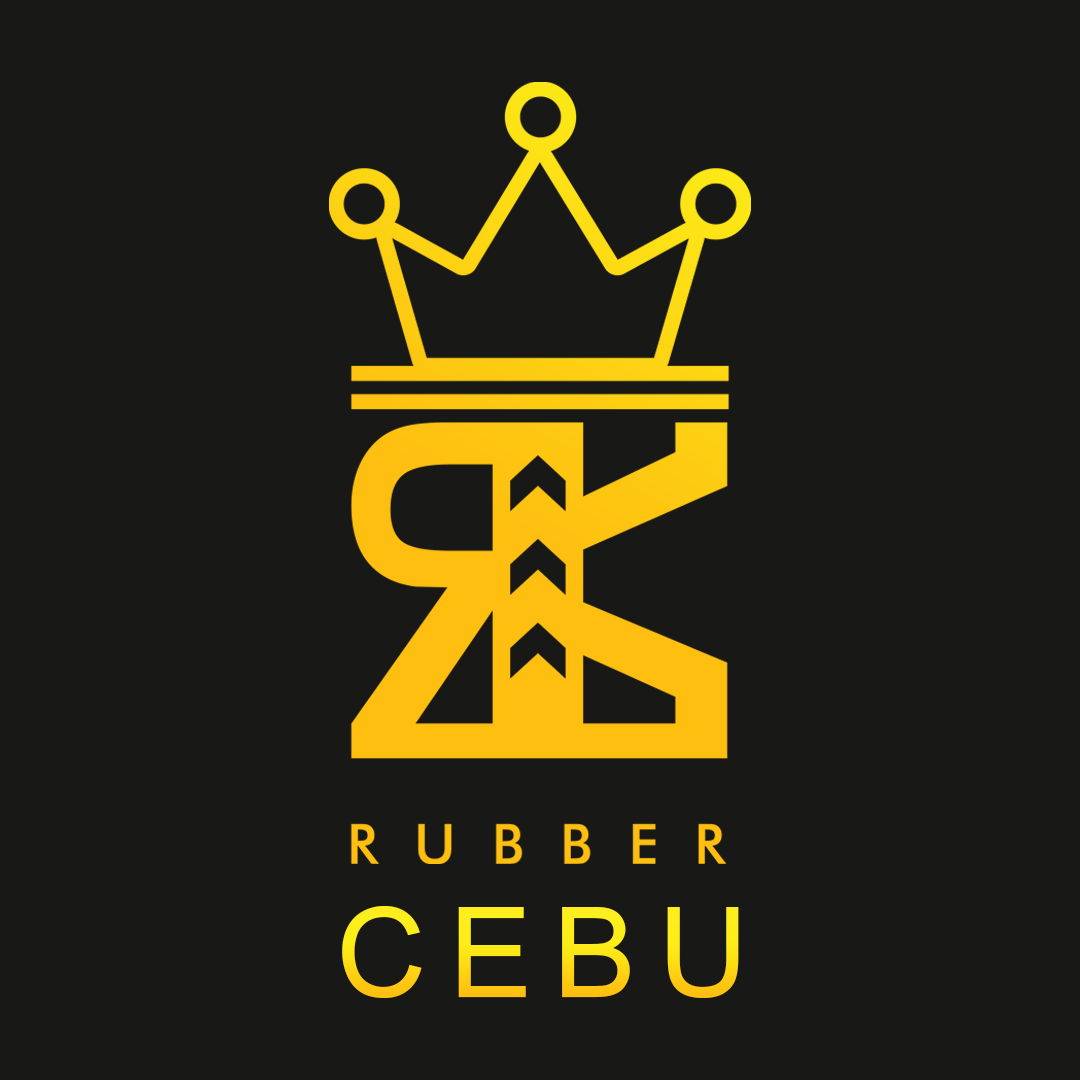
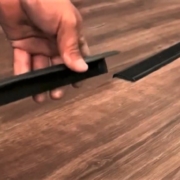
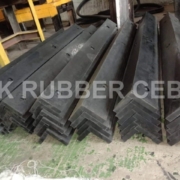
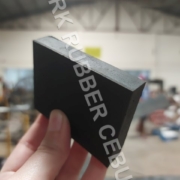
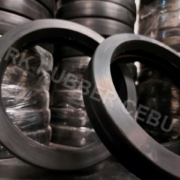
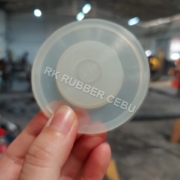
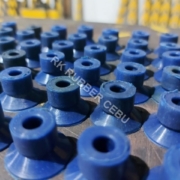
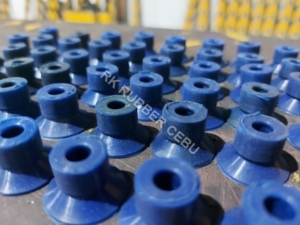 A rubber suction cup or vacuum cup is often used in workshops as a gripping tool on various products such as glass, metal sheets, plywood, hard bricks, and other fragile materials. For example, in a glass workshop, the workers should be required to use suction cups because mishandling those window glasses/mirrors might cause an accident. If we have something to hang on the wall, like a frame or decoration, a suction cup is the best alternative to a nail that causes a permanent hole in the wall. Instead, we use a rubber suction cup which is perfect for attaching to any wall as long as it uses the proper pressure, it will stick correctly.
A rubber suction cup or vacuum cup is often used in workshops as a gripping tool on various products such as glass, metal sheets, plywood, hard bricks, and other fragile materials. For example, in a glass workshop, the workers should be required to use suction cups because mishandling those window glasses/mirrors might cause an accident. If we have something to hang on the wall, like a frame or decoration, a suction cup is the best alternative to a nail that causes a permanent hole in the wall. Instead, we use a rubber suction cup which is perfect for attaching to any wall as long as it uses the proper pressure, it will stick correctly.
